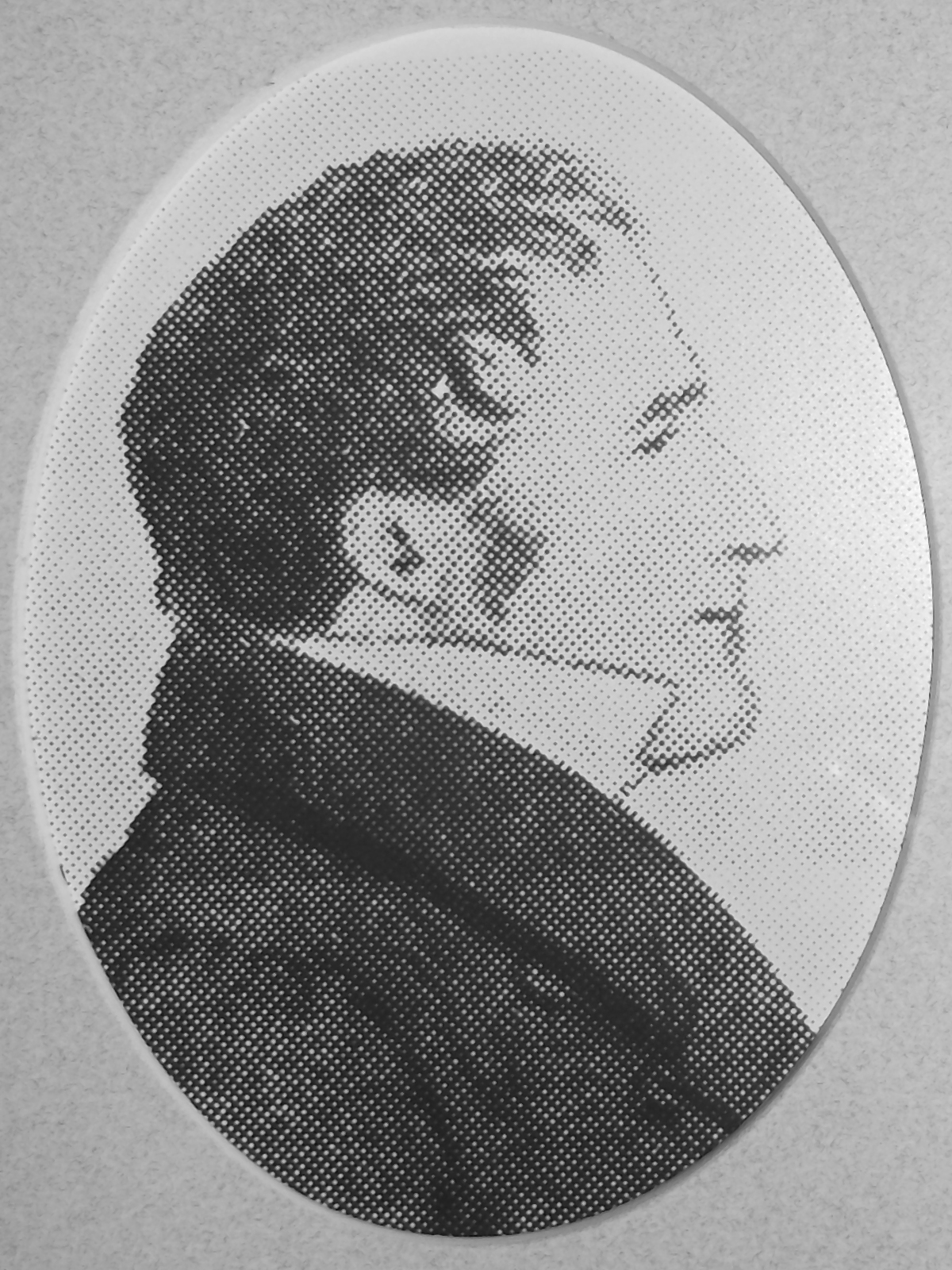Hon. William Crane
Served : 1852-1853

William Crane was born February 15, 1785 at Horton, Kings County, Nova Scotia of New England Puritan- English ancestry. He was the son of Col. Jonathan and Rebecca Allison Crane.
Educated at the public school at Horton, he located there and engaged in the mercantile business. Later Mr. Crane moved to Sackville, New Brunswick, where, as a businessman, he became a prosperous and influential citizen in the community. He was appointed magistrate, Justice of the Peace and a Justice of the Inferior Court of Commons Pleas for Westmorland County.
He was first married in 1813 to Miss Susannah Dixon Roach, daughter of Thomas Roach. She died February 23, 1830. They had one daughter. On October 25, 1838, Mr. Crane married Miss Eliza Wood, daughter of Thomas Wood of London, England. By this marriage there was a family of several children.
William Crane was first elected to the House of Assembly as one of the members for Westmorland County at a by-election held March 2, 1824, to fill the vacancy created by the appointment of the Hon. William Botsford to the Supreme Court. Mr. Crane sat as a member until the dissolution of the House in 1827. Re-elected at the general elections of June 1827, October 1830, December 1834 and September 1837, he sat as a member until the dissolution in 1842; at the general election of December 1842 he was defeated.
While en route to England in a sailing vessel, William Crane and Samuel Cunard encountered the Sirius, the first steam vessel to cross the Atlantic. William Crane is credited with the establishment of the Cunard Line when, after this meeting, he foresaw an evolution in ocean navigation.
On December 29, 1837 he was sworn in a member of the Executive Council of New Brunswick as a member without office and continued as a member of that body until March 21, 1843 when he resigned.
On December 20, 1843, he was appointed to the Legislative Council of New Brunswick. He sat as a member of that body until 1850 when he resigned.
Re-elected at the general election of June 1850 as one of the members for Westmorland County, he remained a member until his death.

